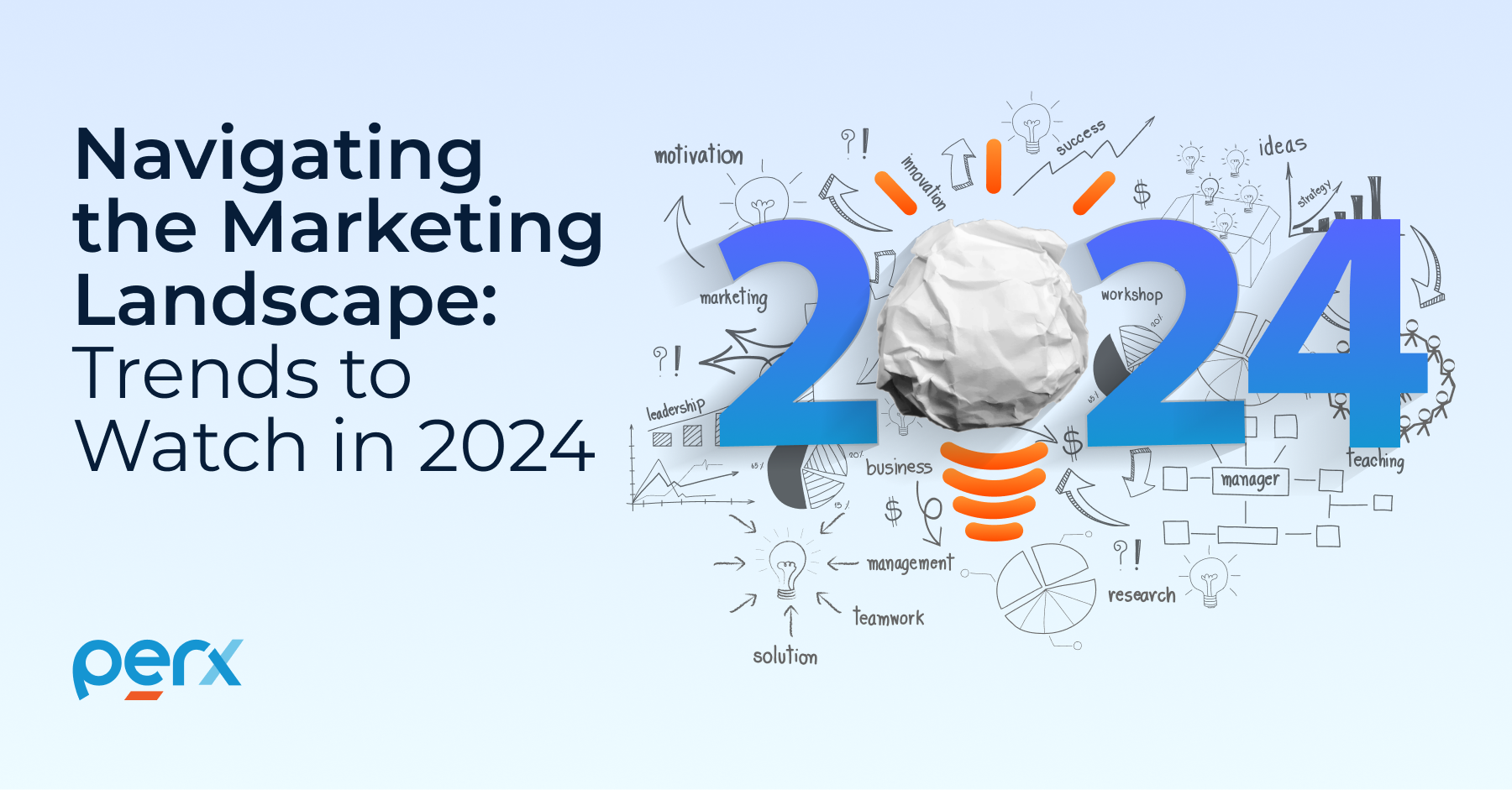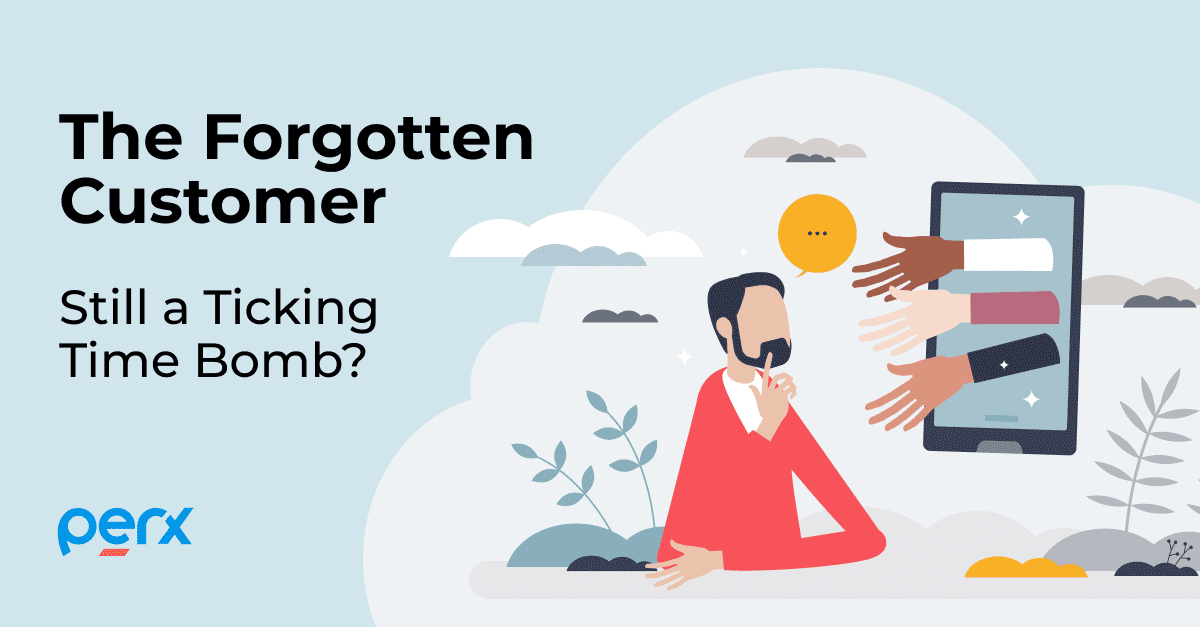How Loyalty Programs Help Reduce Churn

How Loyalty Programs Help Reduce Churn
Explore the importance of customer retention and the role of robust loyalty programs in reducing churn rates.
Customer churn, a term commonly used in the loyalty industry, refers to the loss of users within a specified timeframe. It poses a significant threat to a company’s customer base, underscoring the importance of consumer retention for businesses. To combat churn effectively and promote loyalty, implementing robust loyalty programs becomes essential. This need becomes even more pronounced for industries operating on a subscription-based business model, such as banks, telecom companies, and insurance firms, which often prioritize churn rates as a critical business metric. Let’s explore why customer loyalty is paramount in reducing churn and examine the influential role that loyalty programs play in achieving this objective.
Understanding the importance of churn

Churn, the dreaded term in business, refers to the rate at which customers leave or discontinue their relationship with a company. It occurs due to various factors like poor customer experience, fierce competition, or dissatisfaction with the product or service. Companies must care about churn because it directly impacts their bottom line and long-term success. Losing customers means losing revenue, market share, and potential brand advocates.
Furthermore, acquiring new customers is often more costly than retaining existing ones. By understanding the reasons behind churn and actively addressing them, companies can foster loyalty, improve customer satisfaction, and ultimately drive sustainable growth. Embracing a customer-centric approach and deploying effective retention strategies become crucial in the battle against churn.
How loyalty programs reduce churn
Loyalty programs are a powerful weapon against churn, capable of forging unbreakable bonds with customers. By offering exclusive rewards, personalized incentives, and special privileges, these programs create a sense of appreciation and value. They foster emotional connections, transforming customers into loyal brand advocates. Loyalty programs not only incentivize repeat purchases but also provide valuable data for tailored marketing strategies.
By understanding customer preferences, companies can deliver targeted offers, anticipate needs, and enhance the overall experience. Moreover, loyalty programs encourage customers to stay committed, reducing the temptation to switch to competitors. Investing in loyalty programs enables companies to unlock the secret to customer retention, turning satisfied buyers into devoted brand ambassadors and fueling long-term growth. Here is a list of strategies brands can employ to combat churn.
Strategy 1: Personalized Milestones
Celebrate important milestones and anniversaries with personalized rewards. Send personalized messages, exclusive discounts, or surprise gifts to customers on their birthdays, the anniversary of their first purchase, or other significant moments. This strategy acknowledges and appreciates customers’ loyalty, making them feel valued and more likely to continue their association with the brand.
Strategy 2: Gamification Elements
Infuse gamification elements into the loyalty program to make it more interactive and enjoyable. This can include challenges, badges, points, or leaderboards. By incorporating these elements, brands can create a sense of competition, excitement, and engagement, motivating customers to continue their association with the brand.
Strategy 3: Feedback Collection
Gaining customer feedback is crucial in minimizing churn. Loyalty programs offer a range of effective methods to gather customer feedback, such as utilizing reviews and ratings, organizing contests, and conducting surveys. Moreover, incentivizing customers for participating in these feedback activities adds an extra layer of appeal and motivation.
Strategy 4: Data Analytics

First-party data is a valuable resource for analyzing customer behavior and purchase patterns. By leveraging this data and employing robust analytics, brands can identify customers most likely to churn and gain insights into their detailed purchase preferences. This data, collected directly from customer interactions, offers a deep understanding of preferences and potential indicators of dissatisfaction. Analyzing first-party data helps segment the customer base effectively, uncovering patterns and trends associated with churn.
Strategy 5: Experiential Rewards
Offer experiential rewards that go beyond traditional discounts or freebies. This could include VIP access to exclusive events, behind-the-scenes tours, or personalized consultations with experts. By providing memorable and unique experiences, brands can create a strong emotional connection with customers and increase their loyalty.
Strategy 6: Social Impact Initiatives
Tie loyalty programs to social impact initiatives or causes that align with your brand values. For example, donate a portion of each customer’s purchase to a charitable organization or offer rewards for volunteering or participating in eco-friendly activities. This strategy not only increases customer engagement but also positions the brand as socially responsible, attracting and retaining like-minded customers.
Strategy 7: Co-creation Opportunities
Involve loyal customers in the co-creation process of new products or services. Seek their input through surveys, focus groups, or beta testing programs, and reward their participation with exclusive previews, early access, or special recognition. By making customers feel valued and involved, brands can strengthen their loyalty and foster a sense of ownership.
Overcoming churn is a crucial task for businesses as it directly impacts their revenue and long-term success. By prioritizing customer retention and implementing effective strategies such as investing in loyalty programs, companies can significantly reduce churn and foster customer loyalty. Such programs serve as powerful tools, converting satisfied buyers into dedicated brand ambassadors through the cultivation of emotional loyalty. To optimize your customer loyalty program, consider using The Perx Platform. This cost-effective solution can supercharge user acquisition, in-app engagement, and reduce churn. Book a demo today to learn more about how The Perx customer loyalty and engagement platform can elevate your loyalty program and boost customer retention.
Recommended for you

Strategy Insights, Blogs, Retailers

Blogs, Digital Marketing, Customer Retention

Blogs, Cookieless Future, Customer Retention

Blogs, Cookieless Future, Customer Retention

Blogs, Retailers, Customer Retention
Ready to join them?





































